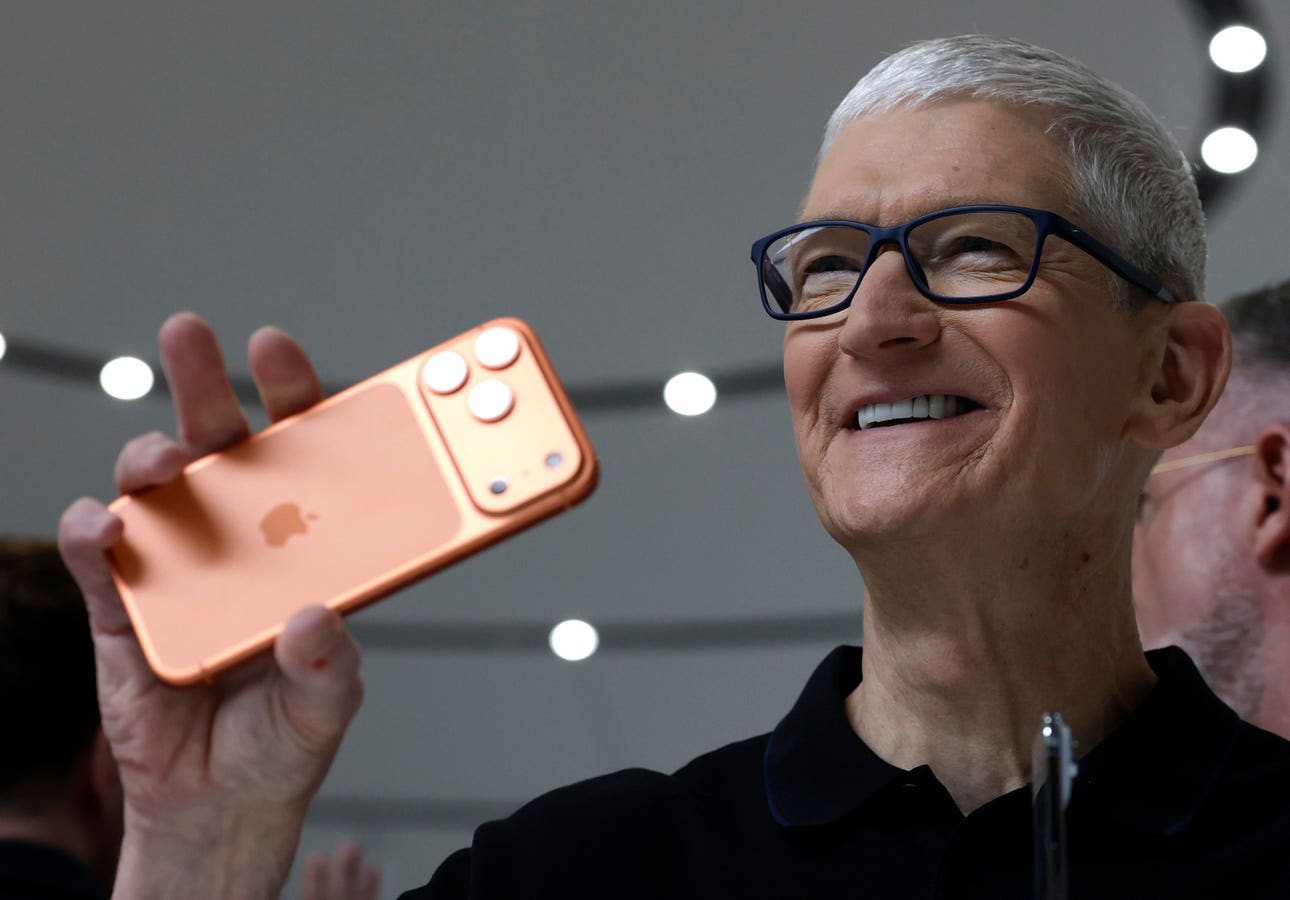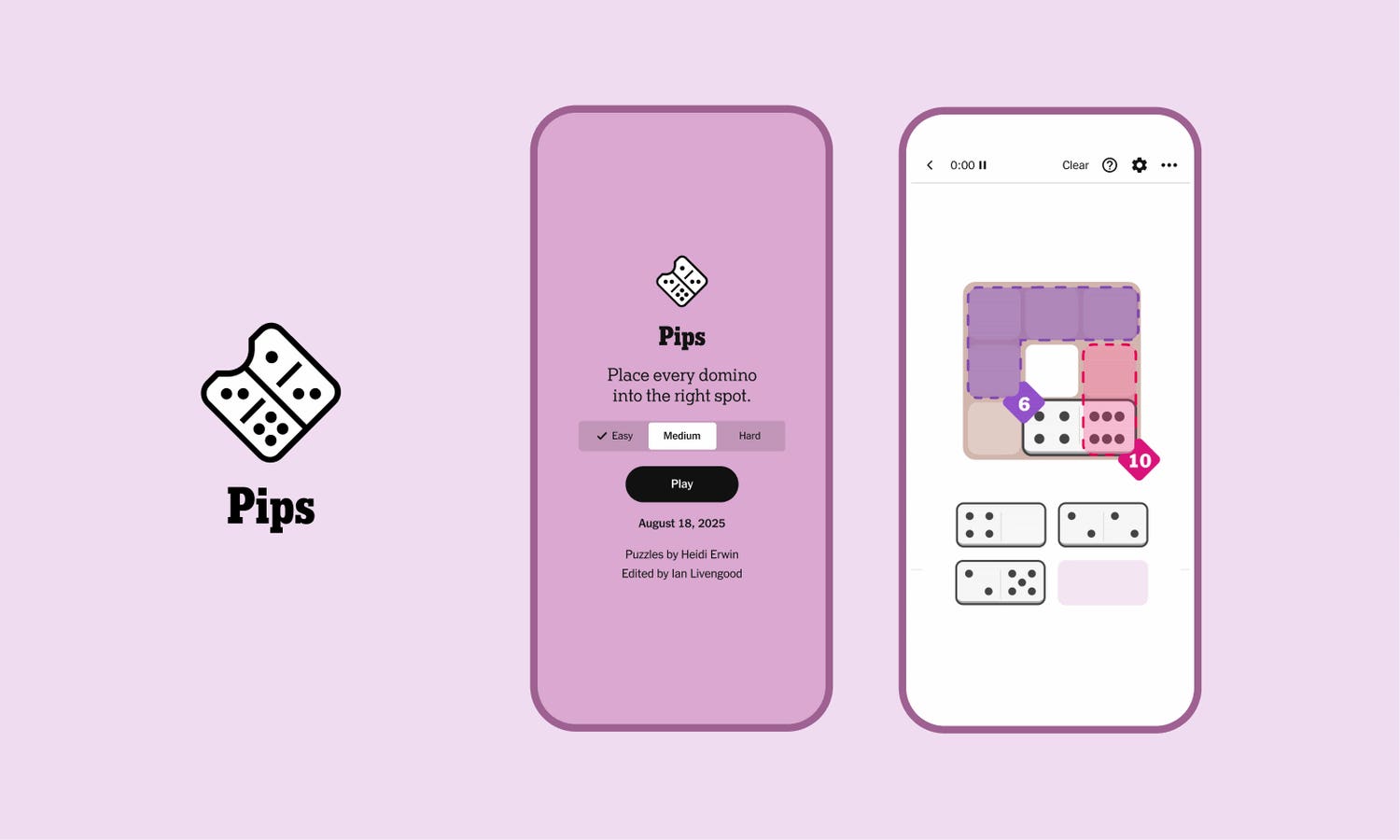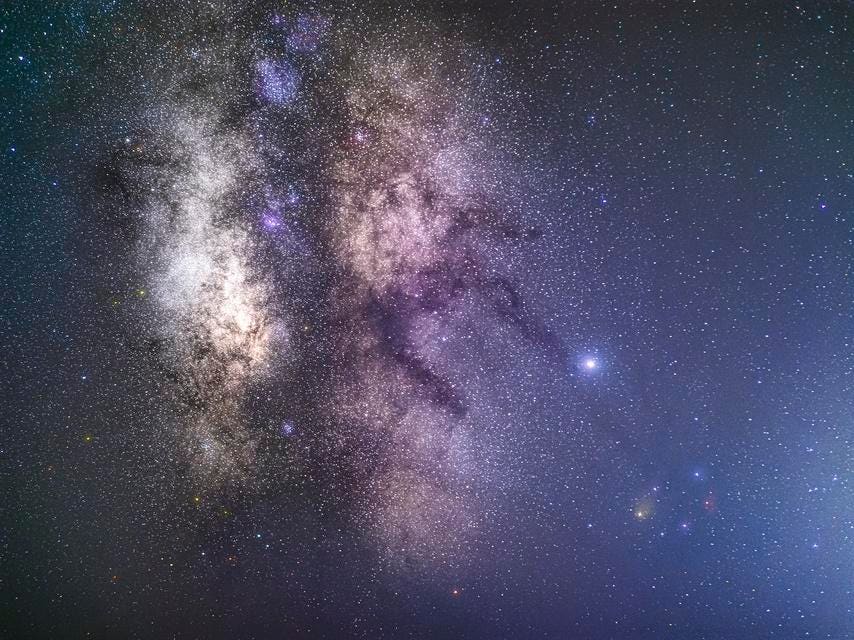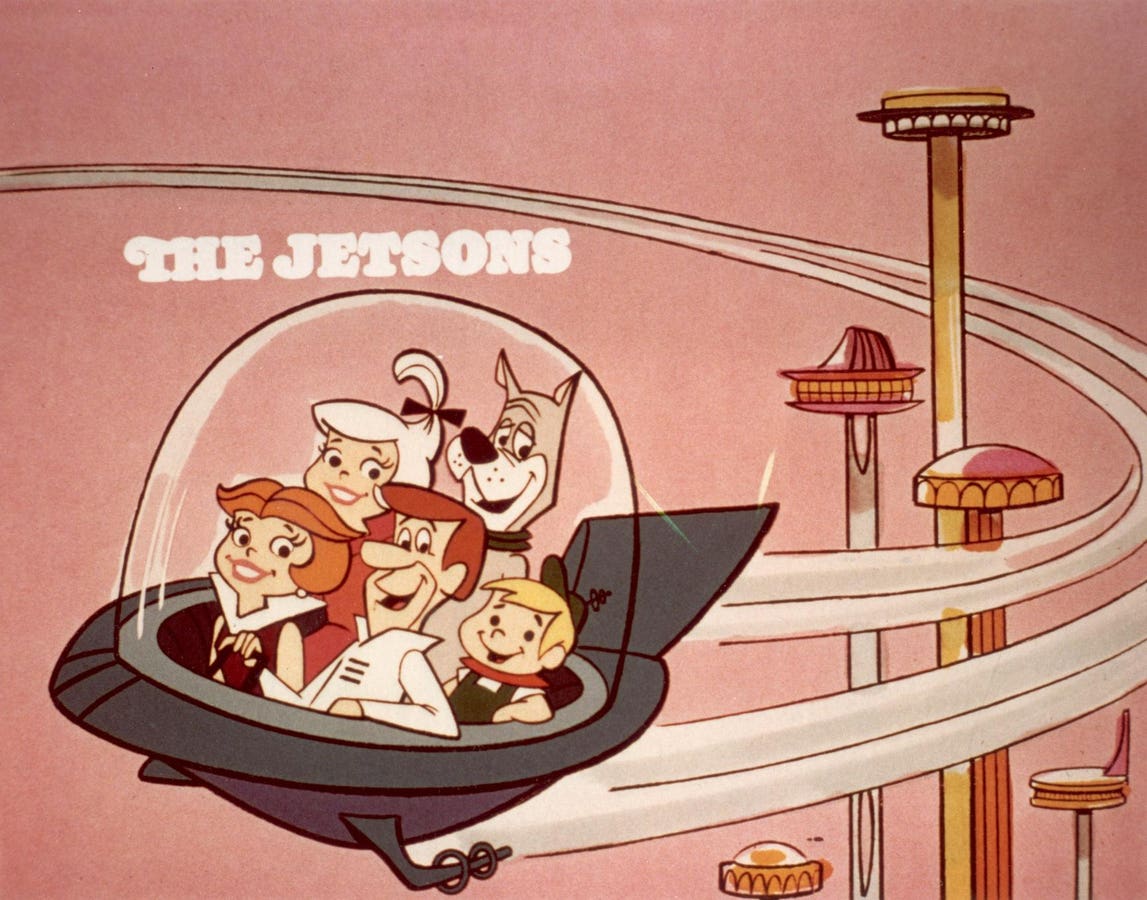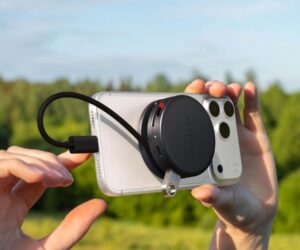Apple CEO Tim Cook holds up a new iPhone 17 Pro (Photo by Justin Sullivan/Getty Images)
Getty Images
Taking a look back at this week’s news and headlines from across the Apple world, including iPhone 17 Pro camera problems, iPhone Air’s heavy truth, Liquid Glass controversy, Apple’s update now warning, one last night for Intel Macs, iPad tries to beat MacBook, and tuning your AirPods.
Apple Loop is here to remind you of a few of the many discussions around Apple in the last seven days. You can also read my weekly digest of Android news here on Forbes.
The Black Square Problem in Your New iPhone
Apple has confirmed there is an issue with the camera software on the new iPhone models. Picked up by CNN’s Henry Casey, under certain lighting conditions, the image processing software will drop an inartistic black square:
“Apple told Casey that it’s an issue that can occur in “very rare cases when an LED light display is extremely bright and shining directly into the camera.” Apple has a fix, and plans to release it in an upcoming software update. Apple did not provide a timeline on when the software update might be released.”
(CNN via MacRumors).
The Heavy Truth Of The iPhone Air
One of the key hardware stories coming out of Apple’s iPhone launch is the push towards fashion and design (and away from AI), with the iPhone Air as the totemic representation. Forbes contributor David Phelan picks out some of the unique features of the iPhone Air, and also notes the Apple records it breaks… and one it doesn’t:
“Apple says it’s the thinnest iPhone yet. But there are two caveats when it comes to weight. First, it’s the lightest full-screen iPhone — models with Face ID rather than Touch ID, in other words. Second, there are two exceptions to this, and they’re not very surprising. The iPhone 12 mini and iPhone 13 mini were lighter. To be exact, iPhone 12 mini weighed 135g and iPhone 13 mini was 141g. The iPhone Air is 165g.”
(Forbes).
The Problem With Liquid Glass
With the launch of iOS 26 to the public, Apple’s new user interface paradigm is being forced onto every potential Apple device around the world. This is coming as a surprise to many, and it’s going to be disruptive and awkward. Yet it is not an option for Apple in its current form, argues Craig Grannell:
“So why risk it? Why throw everything into upheaval when nobody needs Liquid Glass? Because Apple needs it. Design changes aren’t only about usability—they’re about marketing. Shiny visuals help keynote demos pop and screenshots look fresh. A feature called Liquid Glass sounds sexier than “refinements to Safari’s tab bar.” A whole new look plays better with potential customers than more of the same.”
(Wired).
Apple Warns iOS 26 Skeptics To Update Anyway
Alongside iOS 26, Apple has released an update to iOS 18. It’s an alternative to iOS 26 for higher-specced iPhones (although don’t expect Apple to give you the option to ignore Liquid Glass for long). Still, it’s of critical importance to older iPhones that can’t run iOS 26 but need the latest security updates:
“The update to iOS 18.7 is intended for two groups: owners of older iPhones such as the XR, XS, or XS Max, which can no longer install iOS 26, and users who deliberately choose not to switch immediately. Many iPhone owners wait for initial bug fixes before making a major version jump. Apple is responding with an update that focuses more on security than new features,”
(Yahoo via Forbes).
The Last Goodnight for Intel Macs
Ars Technica has its traditional comprehensive look at macOS to go alongside Apple’s OS releases this week. The review also notes that this will be the last update that supports any Intel-based Macs. Even then, the compatible models list is very small. For many, this release is the line that cannot be crossed; for others, the clock now has an official deadline:
Macs running 2023’s macOS 14 Sonoma get one more year of Safari and security updates; 2024’s macOS 15 Sequoia gets two more years; and Tahoe’s security updates will dry up in mid to late 2028. The full version of Rosetta 2, the Intel-to-Arm app translation layer that keeps most Intel apps running on Apple Silicon Macs, will go away in macOS 28 in late 2027, though Apple says some traces of it will remain after that to support older games.”
(Ars Technica).
Is iPadOS 26 Enought To Beat The MacBook?
Apple promoted the iPad, especially the iPad Pro, as “your next computer” at the same time that the community looked to other platforms and their use of large displays, touchscreens, and keyboards to create mobile computing. iPadOS 26, also released this week, is getting close, but it’s not quite there
“Until Apple officially announces a MacBook with a screen that you can tap and swipe on, the iPad will remain Apple’s one and only large-display touchscreen. For 15 years, the iPad was constrained by Apple’s ancient understanding of who uses tablets and why. iPadOS 26 changes everything, except for the limitations imposed by the hardware itself. Even with layered windows with easy tiling to present all your apps at once, it can’t replace your Mac, touchscreen or not. But don’t fret. The iPad was a functional secondary workhorse before the update.”
(Gizmodo).
And Finally…
What is required to tune the AirPods? As part of their launch campaign, Apple has invited reporters to see different parts of the new portfolio. Engadget picked up the “just listen” version and visited the team behind the calibration of the earbuds:
“To create a sound profile that’s exciting for customers and still maintains all of that authenticity, the media tuning team listens to thousands of hours of music, movies, podcasts and YouTube videos in mono, stereo and Dolby Atmos. There’s also a lot of vinyl lining the shelves of these tuning studios. During the development process, the team will test multiple versions of hardware with tons of tuning variations using computational audio. The goal is for all of the tuning decisions to translate better to all users, with a desire that everyone hears the same sound from Apple’s products.”
(Engaget).
Apple Loop brings you seven days worth of highlights every weekend here on Forbes. Don’t forget to follow me so you don’t miss any coverage in the future. Last week’s Apple Loop can be read here, or this week’s edition of Loop’s sister column, Android Circuit, is also available on Forbes.

